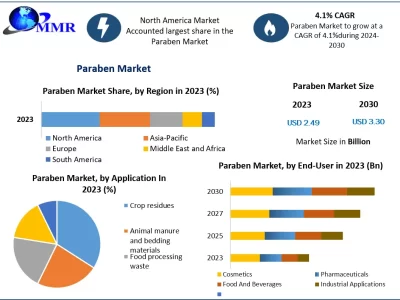
In the digital age, content is king. Whether you’re a blogger, marketer, or business owner, creating high-quality content is essential for engaging your audience, driving traffic, and achieving your goals. But what exactly makes content “good”? In this blog, we’ll explore key strategies and tips to help you write compelling, valuable, and effective content that resonates with your audience.
1. Understand Your Audience
Know Your Target Audience: Before you start writing, it’s crucial to understand who you’re writing for. Identify your target audience’s demographics, interests, pain points, and preferences. Creating detailed buyer personas can help you tailor your content to meet their specific needs and interests.
Conduct Audience Research: Use tools like Google Analytics, social media insights, and surveys to gather data on your audience’s behavior and preferences. This information will guide your content creation process and ensure your content is relevant and engaging.
2. Define Your Purpose
Set Clear Goals: Determine the primary purpose of your content. Are you aiming to educate, entertain, inspire, or persuade your audience? Having a clear goal in mind will help you stay focused and create content that aligns with your objectives.
Create a Content Plan: Develop a content strategy that outlines your goals, target audience, key messages, and content formats. A well-defined plan will keep you organized and ensure consistency in your content creation efforts.
3. Craft Compelling Headlines
Write Attention-Grabbing Headlines: Your headline is the first thing readers see, so make it count. A compelling headline should be clear, concise, and intriguing. Use numbers, questions, and power words to capture your audience’s attention and encourage them to read further.
Optimize for SEO: Incorporate relevant keywords into your headline to improve its search engine visibility. However, avoid keyword stuffing and ensure your headline remains natural and readable.
4. Provide Value
Deliver Useful Information: Good content provides value to the reader. Focus on addressing your audience’s pain points, answering their questions, and offering actionable insights. The more valuable your content, the more likely it is to resonate with your audience.
Use Reliable Sources: Support your claims with data, research, and credible sources. Citing authoritative references enhances the credibility of your content and builds trust with your audience.
5. Write in a Clear and Engaging Style
Keep It Simple: Write in a clear, concise, and straightforward manner. Avoid jargon, complex language, and lengthy sentences. Your content should be easy to read and understand.
Engage Your Readers: Use a conversational tone to connect with your audience. Ask questions, share personal anecdotes, and use humor where appropriate. Engaging content keeps readers interested and encourages them to interact with your brand.
6. Structure Your Content
Use Subheadings: Break your content into sections with descriptive subheadings. This makes it easier for readers to scan and find the information they’re looking for.
Incorporate Bullet Points and Lists: Lists and bullet points improve readability and help highlight key points. They also make your content more visually appealing and easier to digest.
Include Visuals: Use images, infographics, videos, and other visual elements to complement your text and enhance the overall reader experience. Visuals can also help explain complex concepts and make your content more engaging.
7. Optimize for SEO
Use Keywords Strategically: Incorporate relevant keywords throughout your content to improve its search engine ranking. Place keywords in the title, headings, meta descriptions, and body text. However, ensure your content remains natural and valuable to the reader.
Optimize Meta Tags: Write compelling meta titles and descriptions that accurately reflect your content and include target keywords. These elements help search engines understand your content and improve its visibility in search results.











